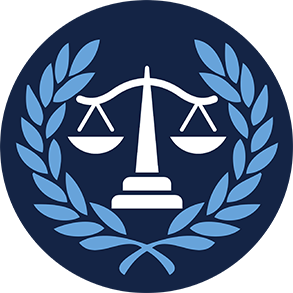Press Releases
Statement of the Honorable John Conyers, Jr. for the Hearing on “Oversight of the Judgment Fund: Iran, Big Settlements, and the Lack of Transparency” Before the Subcommittee on the Constitution and Civil Justice
Washington, DC,
September 7, 2016
Tags:
Government Oversight
The purpose of today’s hearing is to examine the Treasury Department’s Judgment Fund. Congress created the Judgment Fund in 1956 to reduce its appropriations workload. Prior to establishing the Fund, Congress devoted an inordinate amount of its time to appropriating monies to satisfy run-of-the-mill legal judgments and settlements on a case-by-case basis. Today, the Fund permits agencies to obtain payment for legal judgments and settlements without having to request appropriations from Congress under limited statutorily prescribed circumstances. Unfortunately, given the title of today’s hearing, it appears the Majority is more interested in criticizing the Administration’s recent settlement of longstanding claims with Iran than in conducting oversight of the Fund. That criticism is without merit. To begin with, it was legally permissible for the State Department to request that the payments come from the Judgment Fund. The payment settled longstanding claims made before the U.S.-Iran Claims Tribunal that related to a curtailed arms deal between the United States and the pre-revolutionary government of Iran. The Tribunal was created to hear claims between U.S. and Iranian nationals and their respective governments that arose as a result of the deterioration in relations following the Iranian Revolution. In order to avoid an adverse judgment before the Tribunal, the State Department negotiated a $1.7 billion deal to settle the claim, of which $1.3 billion in interest payments came from the Judgment Fund. As Professor Paul Figley, a Majority witness, points out in his written testimony, this is legally permissible. And, past administrations going back decades have used the Fund to settle claims with Iran. In addition to being perfectly legal, the Iran settlement saved taxpayers billions of dollars. According to the State Department, negotiators determined that the United States could have possibly owed Iran billions more for over 30 years’ worth of interest on the $400 million principal had the claim been adjudicated before the Tribunal. Rather than demonstrate that the Judgment Fund may encourage Executive Branch officials to negotiate profligate settlements, the Iran payments instead show that the State Department was acting to protect U.S. financial interests. Finally, in terms of transparency, I note that the payments were disclosed to the public at the time they were made. The Obama Administration announced the payments when they were made in January 2016. While much has been made of the timing of the payments in relation to Iran’s release of three American prisoners, it is undisputed that the Administration made no effort to hide these payments or that separate, unrelated teams carried out the negotiations for the settlement and the prisoner release. Although few would oppose greater transparency for government actions, the Majority’s examples of purported Executive Branch “overreach” in settlement negotiations fail to show that the Administration has misused the Judgment Fund. In closing, I want to thank the witnesses for participating in this hearing and I look forward to hearing their testimony. |



